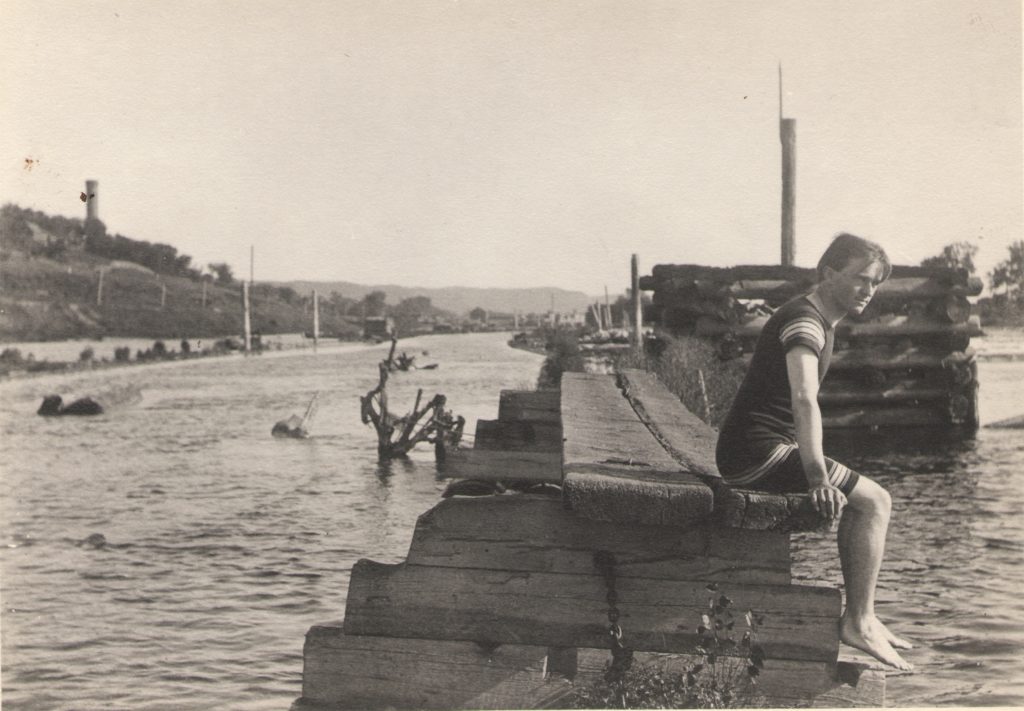The Wisconsin Great River Road
is Steeped in History
Ancient cultures lived along the Mississippi River in Wisconsin for thousands of years, including the builders of Native American effigy mounds—massive earthworks formed in the shapes of animals and birds. Native peoples eventually established large, permanent villages where they farmed the river valley.
In 1673, French missionary Jacques Marquette and explorer Louis Joliet were the first Europeans to experience this area, sighting the scenic confluence of the Wisconsin and Mississippi Rivers where Wyalusing State Park welcomes visitors today. Later, French fur traders settled the area, including the family of Hercules Dousman—Wisconsin’s first millionaire. Even today, you can tour his family’s mansion in Prairie du Chien.
Over the past few centuries, control of the region changed hands a number of times, first from the native peoples to the French, then to the British, and finally to the Americans, but not without numerous conflicts.
From the 1800s to the early 1900s, Wisconsin thrived as a state from lumbering and sawmills. The advantage of transportation on the Mississippi River allowed for the development of the steamboat industry. After the ancient forests of the north were cleared, wheat production grew in importance and was brought to the river for shipping. Lead mining centralized in Wisconsin’s southwest corner with easy shipping on the Mississippi. Remnants of this new Mississippi culture can be seen along the Great River Road. Sites of old forts and building ruins, along with still-thriving communities and museums, will transport you back to the 19th Century



